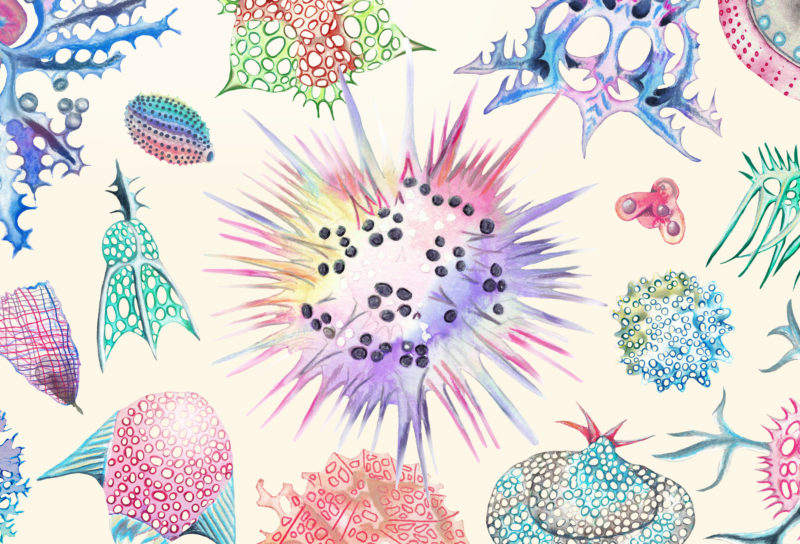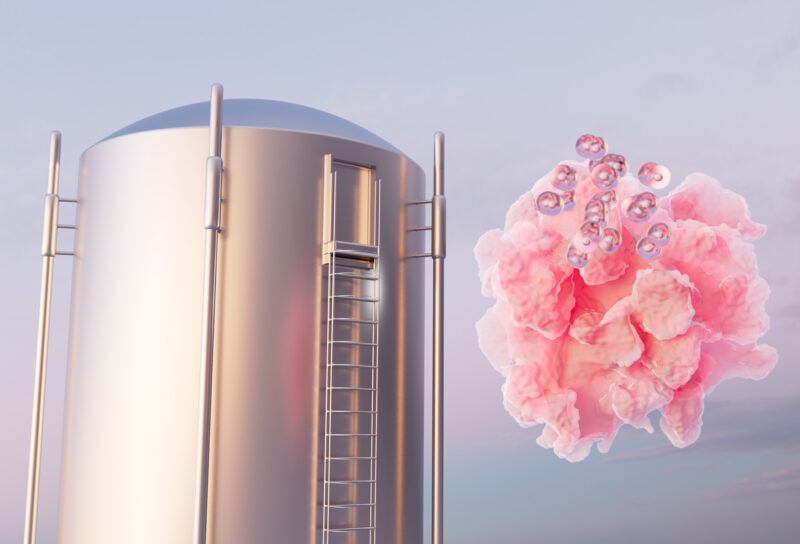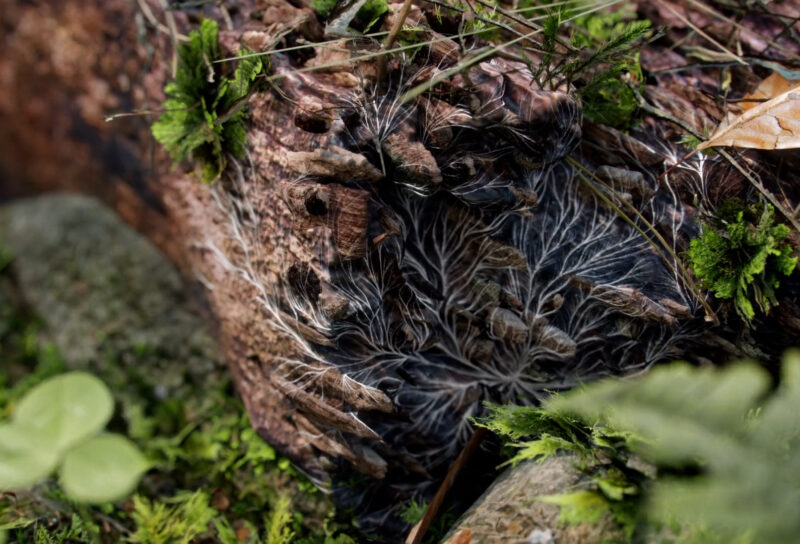As someone who deeply values creative, empathetic storytelling, I’ve been a longstanding fan of Pop-Up Magazine — beginning in 2018, when they featured Ginkgo’s work resurrecting the scent of an extinct flower; in 2020, when the pandemic shut down all theaters and they innovated how we listened to stories virtually; and in 2021, when I finally attended my first live show. It was magical: I remember the entire audience leaping to our feet to give a standing ovation for one of the stories; we laughed, we cried; and when it was over, I immediately turned to my friend and said, we need to do a show with them for Grow. Two years later, on April 19th, 2023, it finally happened.
For those who have never experienced a Pop-Up show, there’s no other way to describe it but a live magazine. A storyteller (usually the writer, or someone associated with the story) gets up on stage and reads the story aloud, often interspersed in conversation with recorded audio from people featured in the story. As they speak, animated illustration, photography, or video plays on a screen behind them, with original score from an orchestra. Each multimedia element is chosen intentionally to emphasize the emotions of a moment and is timed live, allowing for moments that aren’t rehearsed: an audience reaction, interaction, and more. Most of Pop-Up shows aren’t recorded for this reason; it’s the experience in person that can’t be replicated that keeps fans of Pop-Up coming back again and again.
The collaboration between Grow and Pop-Up felt like it just made sense. We’ve spent the last 4 years in our magazine trying to change the way stories are told in biology, and Pop-Up has spent the last decade changing the way stories are experienced in every format possible. The stories that we publish in Grow are deeply personal at times, sometimes humorous, often critical, always thought provoking. The stories we tell are rarely just about the technology itself; our contributors ask bigger questions around people, organisms, systems, societies, and our futures. And so when we started working on the show, we wanted to find a way to highlight that even further. How could we take some of our most beloved stories in Grow and the important concepts they convey, and create an experience that would compel people to listen and understand?
For our show, we chose four of our favorite stories across a spread of our print issues: Nadia Berenstein’s “Fish Out of Water”, from The Futures Issue; a retelling of “Towards Polyculture” by one of our editors, Alexa Garcia, originally written by Beronda L. Montgomery in The Equity Issue, “A Feeling for the Organism” by Claire L. Evans, from The Equity Issue, and finally, “God Scent” by Sudeep Agarwala, from The Beauty Issue. Pop-Up speaks a lot about the “mix” for a show, which is crucial to taking an audience on an emotional arc. Each story must complement the other, such that without one, the show feels incomplete. Each of the articles were adapted into scripts for the stage, and then the layers of a story were built one by one: edits of a script, an audio recording of the reading, the commissioned art, the composed music, and finally, the rehearsal where everything comes together live.
How could we take some of our most beloved stories and create an experience that would compel people to listen and understand?
The show debuted in Boston as the last hour of Ginkgo Ferment, an annual conference where hundreds of people gather to celebrate the synthetic biology ecosystem. Each storyteller who took the stage delivered their performance flawlessly. Nadia opened the show by sharing her dreams for lab-grown seafood, and the possibilities of the flavors of cultivated fish. Her words were woven with soundbytes from food connoisseur Larissa Zimberoff and cellular agriculture expert David Caplan, riffs of fine dining music, and cut-and-paste art by Franziska Barczyk.
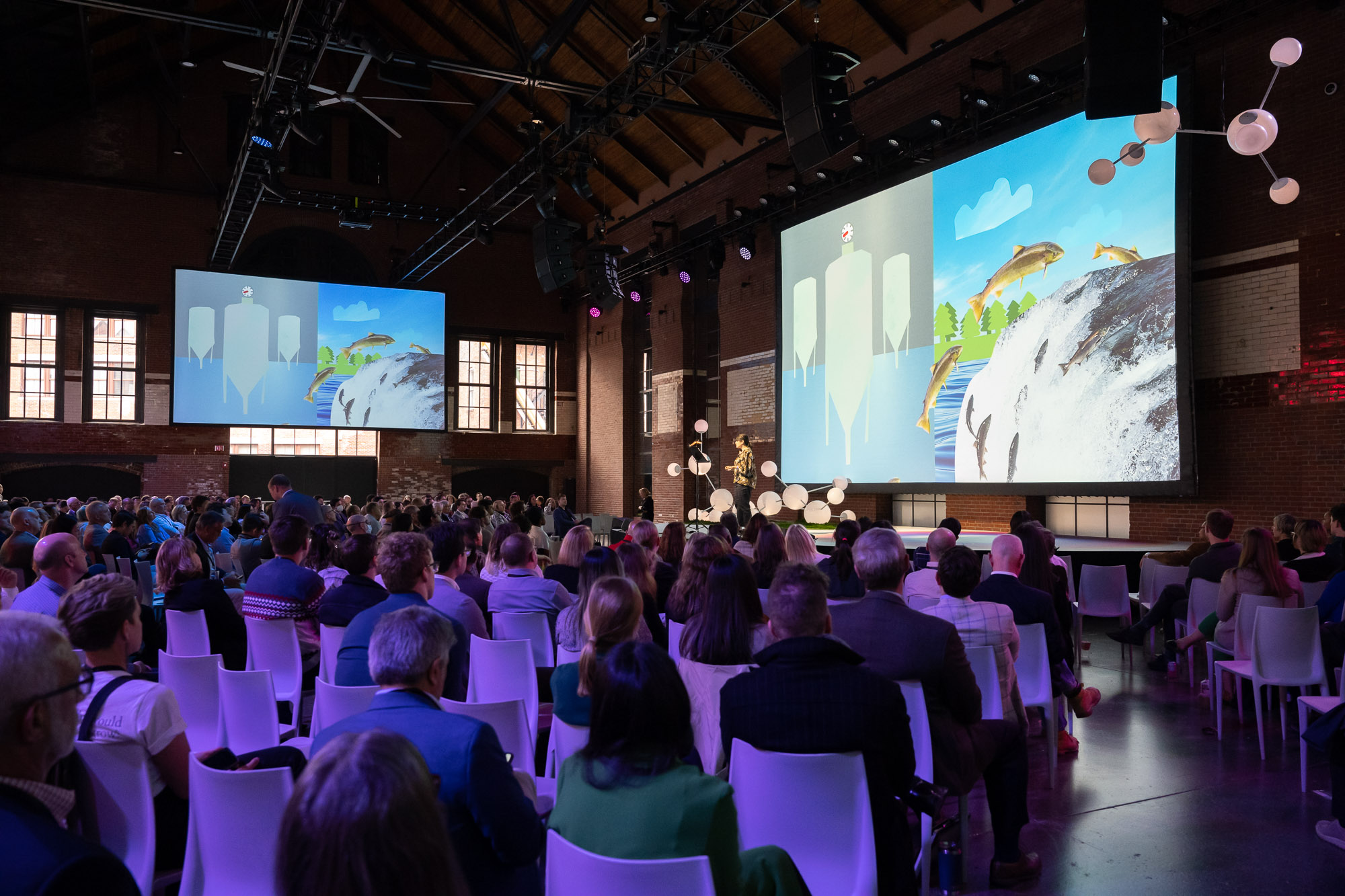
Next, inspired by Beronda L. Montgomery’s work, Alexa used garden metaphors to powerfully challenge those in STEM to break up white monocultures. When our plants struggle, we intervene, nurture them back to health, and adjust their environment. What if we could do the same for marginalized individuals, creating polycultures where everyone could thrive? Conversations with Beronda were featured in the story, with beautiful animation by Alexandra Bowman.
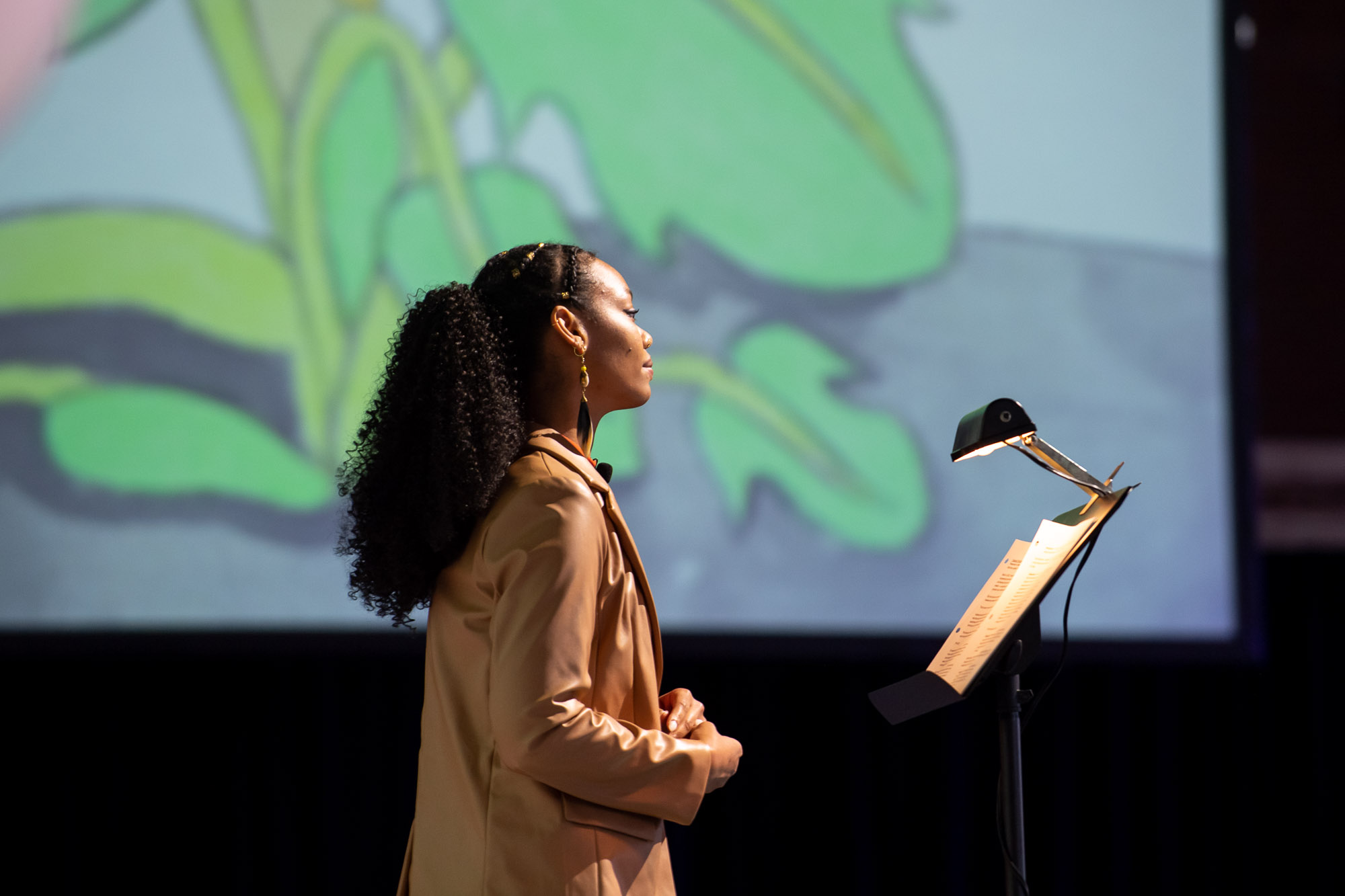
Claire’s story began with the sound of crickets humming in the background, as she described Deboleena Roy’s sudden realization at 2 AM in the lab: that our relationship with cells is not one-sided after all. Through the lenses of Deboleena, Barbara McClintock, and Sarah Richardson’s work, we learned how working with organisms, rather than against them, can enable us to ask better questions and ultimately, lead to more success in science. The scenes of these pioneering scientists were vibrantly illustrated by Angelica Alzona.
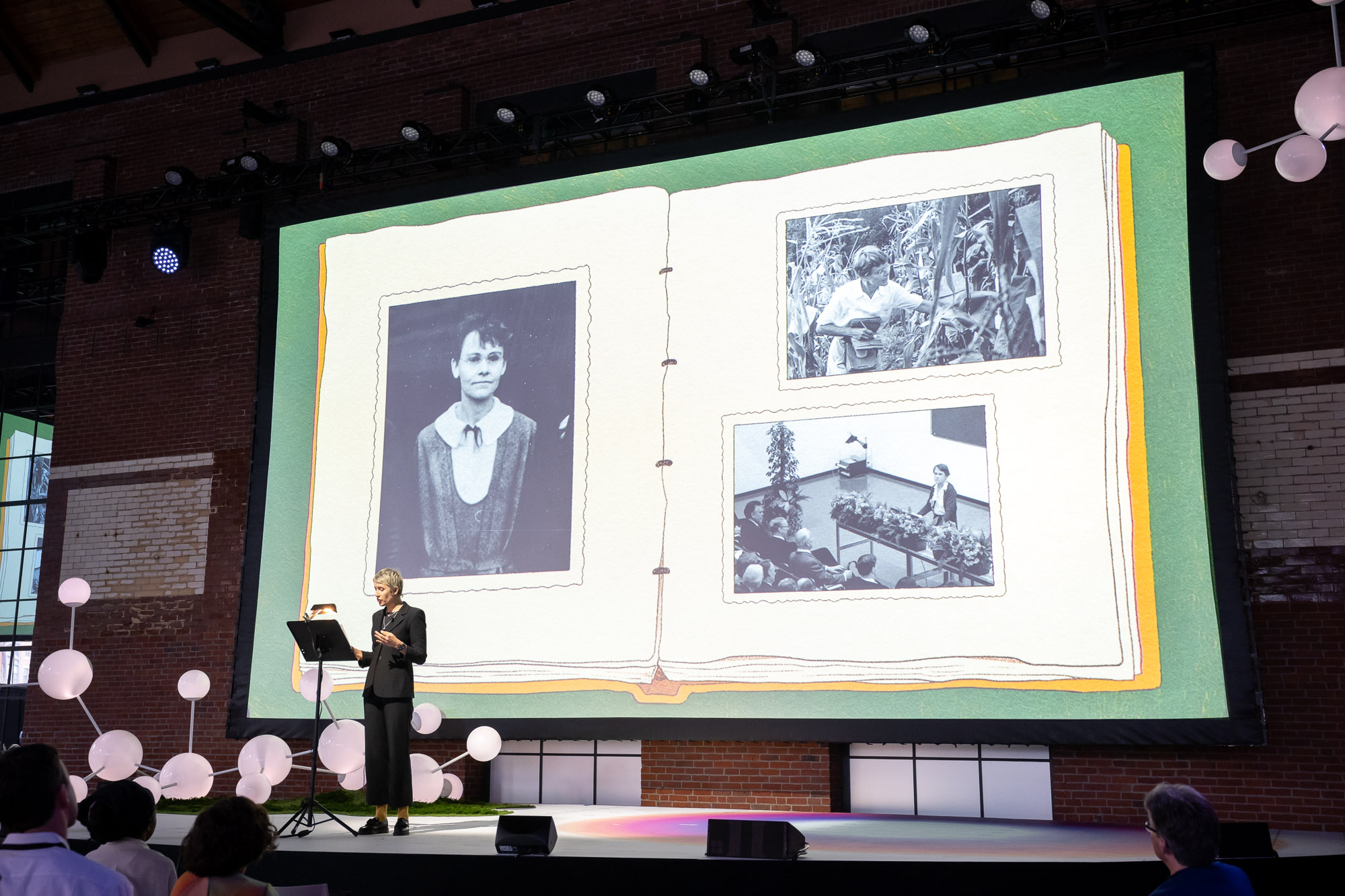
And finally, Sudeep pondered synthesizing a fragrance intertwined with history, myth, God, and his own memories. But the question lingers: will the scent he creates be real? Halfway through his story, he prompted the audience to open envelopes containing the fragrance, filling the room with the holiest scent in the world. Jenny Mascia’s animation, illustrated from Sudeep’s point of view, contributed to the lush and ethereal atmosphere.
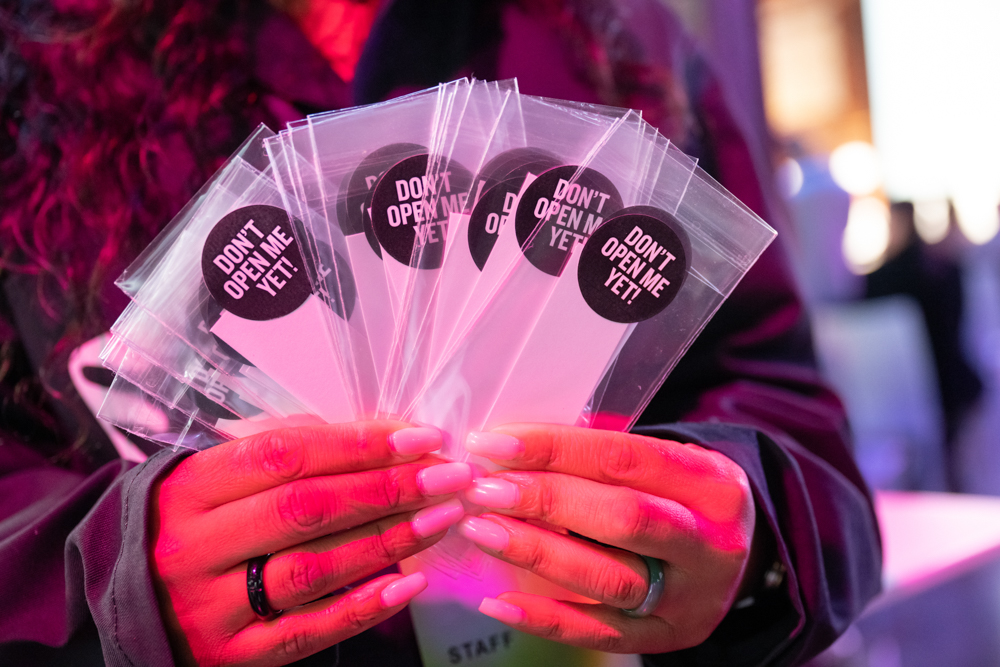
Each of the performances can be watched separately here, or you can also watch the show continuously above.
Having been a part of Grow since its inception, I am a firsthand witness to how much thought goes into every facet of the magazine, from the words and illustrations we publish, to the people we hire, down to the paper we choose for a print issue. It is a project filled with immense care by every person on our team. We do it because we are all driven by similar missions: we want to create spaces that allow diverse voices to ask questions about synthetic biology. We want to help show the value of art, design, and creativity in imagining better futures. We want to contribute to changing the way science is done. The work is not easy. But seeing stories from our magazine — which started as a mere idea four years ago — come alive on a stage with real people watching, felt surreal, and a victory for why we even started this in the first place.
Thank you to everyone who worked on the show: Quinn Berkman for spearheading this collaboration with me from the very beginning and your vision to bring it to life at Ferment. Thank you to our editors Leon Dische Becker and Alexa Garcia; art director Nina Garcia; our storytellers Nadia Berenstein, Alexa Garcia, Claire L. Evans, and Sudeep Agarwala; our story subjects Larissa Zimberoff, David Kaplan, Beronda L. Montgomery, Deboleena Roy, and Sarah Richardson. Thank you to the production team at Ferment: Alexandra Ting and Grow Marketing. Thank you to our illustrators Franziska Barczyk, Alexandra Bowman, Angelica Alzona, and Jenny Mascia, and Alexander Overington who composed the music. And finally, thank you to the incredible team at Pop-Up Magazine Productions for your direction, expert guidance and execution: Derek Fagerstrom, Chas Edwards, Michelle Fernandez, Douglas McGray, Alyssa Chavez-Upp, and Alex Palma. We are honored to have been your last live partner show, as you close doors for now.
Lastly, Christina Agapakis, Grow’s executive editor, and I often talk about how so much of changing the discourse around synthetic biology comes down to having conversations with empathy. It sometimes feels impossible to scale. But everything we’ve put out into the world for Grow, from our very first issue to this show, has always felt like we are having a conversation with each of you. So thank you for sharing this space with us, for those of you that have been around since 2019 or found us yesterday. Quoting Deboleena Roy, “it’s a project of a lifetime to see yourself as one of many”, and I am grateful to be one of many.
As always, thanks for reading.
